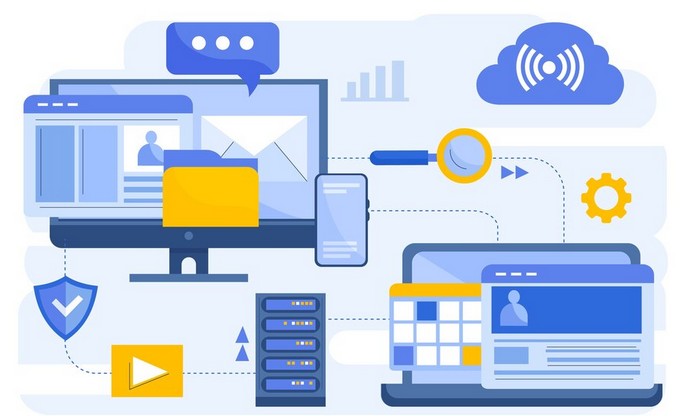Many successful digital products have evolved haphazardly over the years, accumulating messy architecture and code that require extensive rewrite efforts to sustain reliability and innovation velocity in the long term. We outline pragmatic steps for refactoring platforms.
What is Software Reengineering?
Software reengineering refers to the extensive process of revisiting, restructuring and rebuilding aging software from its core – beyond just adding incremental features or superficial user interface facelifts. It fundamentally transforms legacy platform internals, seeking increased qualities around maintainability, scalability, reliability, deployment agility, operability and security over the long run.
More practical information is available here: https://modlogix.com/services/re-engineering/.

Reengineering efforts methodically analyze existing architectures, validate capabilities, simplify convoluted code flows, dismantle unnecessary complexity, and design modular target state blueprints, balancing business continuity with strategic progress goals. The reworked systems then exhibit principles like abstraction, loose coupling, encapsulation and continuous integration, easing future evolvability at an optimized total cost of ownership.
There is careful deliberation around what gets rearchitected versus what remains, how rapidly changes get introduced, and when existing implementations get retired with parity assurances. Mastering the interplay of old and new is key in sustained migrations. While rebuilding software perfectly risks over-engineering and not realizing returns, pragmatic incremental upgrades deliver outsized benefits, improving the underlying health and responsiveness of products users rely on daily.
Why Reengineering Gets Necessary
Typical catalysts include:
- Code Entropy
Messy constructs accumulate across changing teams over time, increasing costs towards sustaining and enhancing platforms. Institutional knowledge loss compounds difficulties for new engineers.
- Legacy Tech Debt
Outdated frameworks become burdens needing modernization. Finding skills and paying vendors’ premiums add up over the years.
- Platform Constraints
Infrastructure inadequacies, such as storage bottlenecks or proprietary databases, limit the ability to meet demand spikes, scale efficiently, and tap newer tools.
- Poor Agility
Disjoint systems with manual handoffs between teams lengthen feedback loops, hurting customer and employee experiences.
- Mergers & Acquisitions
Technically integrating merged entities with duplicate capabilities requires carefully streamlining into cohesive solutions in the long term.
A Phased Reengineering Approach
Legacy modernization needs to balance between stabilizing and innovating. Wholesale software rewrites risk over-engineering, not realizing returns soon enough, while piecemeal elongates the inferior status quo indefinitely. Continuity suffers either way. Deliberate phased reengineering sustains capabilities upgrading judiciously. Balance reuse with right-sized upgrades using intentional iterations:
Audit Internals First
Thorough audits uncover architectural disconnects, cyclomatic code complexity, and unused features that guide required reworking. They also analyze integration touchpoints, data flows, pending enhancements, etc.
Set Realistic Targets
Outline an achievable vision covering structure, tools, and processes, keeping usability and continuity central beyond just chasing technical elegance. Ensure leadership backing.
Plan Transition Staging
Map multi-quarter rollout waves, prioritizing the highest user-value deliverables first. Acquire needed skills early. Budget buffers allow unknowns. Phase containment limits risk surface areas.
Strategically Rework
Guided by ROI, progressively re-platform working software instead of prolonged rewrites, risking irrelevance. Wrapping accessible interfaces sustains legacy operations during behind-the-scenes migrations.
Operationalize New Capabilities
Onboard users in segments. Gather feedback and tune experiences, balancing adoption momentum with change appetite across consumer groups. Don’t overpromise timelines managing expectations.
Sunset Legacy Systems
Only retire old offerings once performance metrics/usage data confirm the parity of experiences to users over sufficient evaluation periods, ensuring no subtle production surprises. Have rollback arrangements.
Continually Deliver
Small wins sustain stakeholder confidence, and feedback fuels further productive refinements. Institutional self-service systems lower future enhancement costs.
Blending old and new artfully sustains transformations, keeping long-term business objectives centred without risky detached modernization efforts. Continual structural improvements compound increasing differentiation.
Key Takeaways
Balancing greenfield ambitions with brownfield realities using iterative execution focused on survivability increases reengineering success rates and downstream impacts, delivering compounding velocity and capability improvements over time.

